Forehand – Foundation (Competitive Structure, Coaching, Officiating, TPA, Facilities)

Tennis Canada has noted a significant increase in the number of junior players enrolled in competitive events and the number of tournaments organized across Canada—sure signs that our sport has seen major growth in recent years.
In addition, the data collected through our integrated systems indicate that the number of juniors who meet the long-term athlete development guidelines is higher than ever: 1,150 players.
In response to ever-increasing demand, Tennis Canada and the provincial tennis associations have pursued their efforts to expand the competition structure. Indeed, some 500 tournaments for Canadian junior players (12 to 18 years old) were organized in 2017—50 more than in the previous year. Also, there were over 200 junior events for under-10 players, which represents an increase of 33% as compared to last year.
The Tennis Professionals Association (TPA) continues to grow
In the past year, Tennis Canada made it a priority to ensure that the caliber of Canadian coaches continues to rise, and efforts were therefore invested in coach education. In 2017, a total of 550 coaches from across the country were certified, including 45 individuals who earned Coach 2 and 3 competitive certifications. Also, the Coaching Association of Canada gave Tennis Canada the go-ahead to launch the Coach 4 training program in October 2018.
The TPA, which aims to contribute to the sport’s growth by supporting Canadian tennis professionals through services including certification, career development and an information platform, maintained its annual growth with a total of 3 300 members. Today, over 65 permanent installations hire only certified coaches—5 more than in 2016. Also, 81% of coaches working in permanent installations are TPA certified.

The 2017 TPA National Coaching Conference featuring special guest Jose Higueras, which brought together over 225 coaches, is among the year’s highlights.
Sports science and sports medicine
In 2017, Tennis Canada continued to make innovative strategies an integral part of the High Performance group. We increasingly turned to Dartfish video in conjunction with Tennis Analytics to produce sophisticated match analyses that support performance and development. The reports were used by our Davis Cup and Fed Cup coaching staff to help our top players scout opponents ahead of tiebreakers. The Davis Cup team also relied on live scouting data during the tie.
We are currently compiling video and analytics on the world’s best players, as well as on our world-class NextGen athletes. Their outcomes are compared to benchmarks (e.g. U14 and U18) to identify gaps in performance to help coaches focus on specific areas, enhancing each player’s development based on their own playing style.
Finally, Tennis Canada pursued its partnership with SMARTABASE and is pushing the boundaries with our MATCH integrated athlete monitoring platform, which enables physicians and physiotherapists to track athletes’ injuries and monitor their return to the game. Fitness coaches can also evaluate player training loads and recovery, and coaches can assess match statistics and easily pinpoint performance gaps.
These are just some of the exciting activities that help keep Tennis Canada at the forefront of innovation and provide us with a clear advantage in terms of player development. These resources yield insight into the overall health, training and performance of our athletes.
Officials

In 2017, five Canadian officials were recognized by the International Tennis Federation (three chair umpires, a referee and a supervisor).
Throughout the year, Tennis Canada officials served at the Rogers Cup events in Montreal and Toronto, as well as close to 80 Canadian, international and professional tournaments and many provincial competitions. Canadian official representation at both Rogers Cup tournaments reached 75%.
Also, in 2017, a total of 14 training sessions attended by 140 officials were organized in six provinces.
Tennis Canada is proud of the remarkable presence of Canadian officials on the ATP and WTA tours.
The National Tennis Centre marks its 10th anniversary

In 2017, Tennis Canada marked the 10th anniversary of the National Tennis Centre (NTC) at IGA Stadium in Montreal. Indeed, Tennis Canada’s full-time facilities were inaugurated in 2007.
Under the leadership of world-renowned coach Louis Borfiga, who oversaw a similar program for the Fédération française de tennis, young talents between the ages of 13 and 17 benefit from the expertise of qualified coaches and the resources to reach the highest levels in the sport. The development of national training centres is among exemplary international practices: the facilities bring players together under one roof to develop their basic technical, tactical and physical skills, gain international experience, learn to manage life on the junior circuit before embarking on the professional tour, build team spirit and acquire the values needed to represent Canada on the world stage.
Optimizing the program’s success
- Tennis Canada hired leading coaches, physical trainers, physiotherapists and tutors to ensure that athletes have access to qualified staff able to support them in all aspects of their development.
- The world-class facilities include a fully-equipped fitness room, 12 indoor and 12 outdoor hard courts and 4 indoor clay courts. NTC players benefit from all the resources they need to arrive at the highest echelons in tennis.
Thanks to Louis Borfiga’s expertise, the NTC has yielded promising results since its inauguration and made Canada one of the world’s top tennis nations.
In the past five years:
- NTC players have won four junior Grand Slam titles—a first in Canadian tennis history.
- Canadian athletes have appeared in 10 Grand Slam finals: eight junior championships and two professional events.
- Milos Raonic and Eugenie Bouchard, two Canadians, were recently ranked in the Top 5.
Three regional training centres were also established in Toronto, Montreal and Vancouver, and a fourth was inaugurated in Calgary in September 2017. These facilities bring together the best under-14 players in each region and provide additional programs for club managers, personal coaches and parents to enrich the training and competitive environments in which the top players evolve. These programs also serve to create a player pool for the NTC.


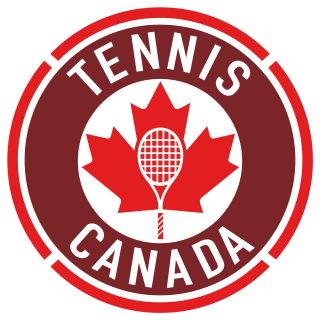







































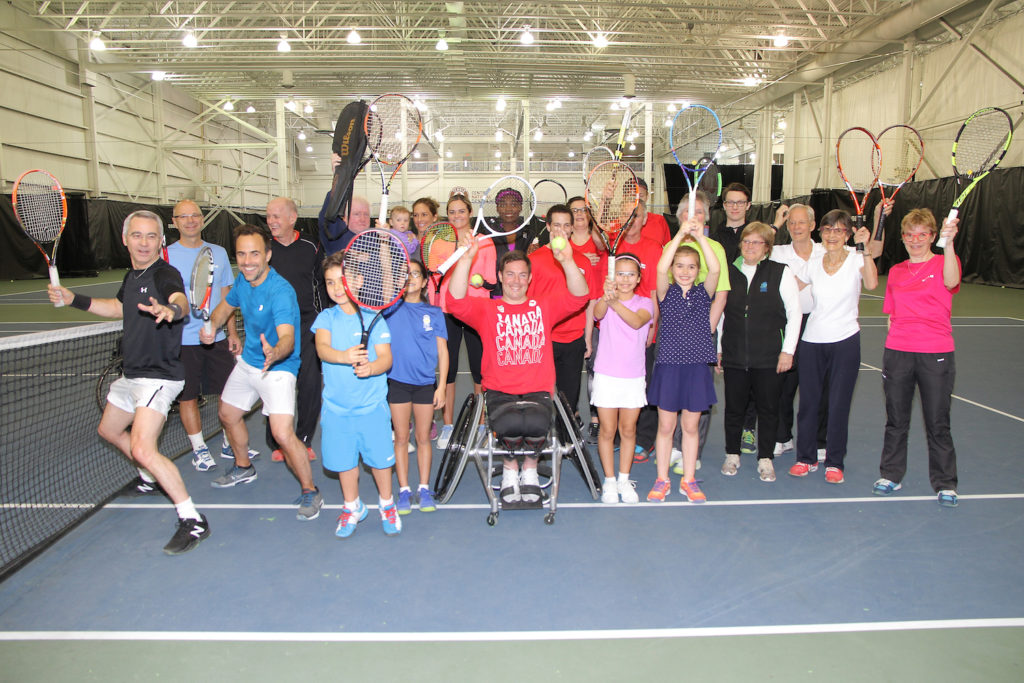







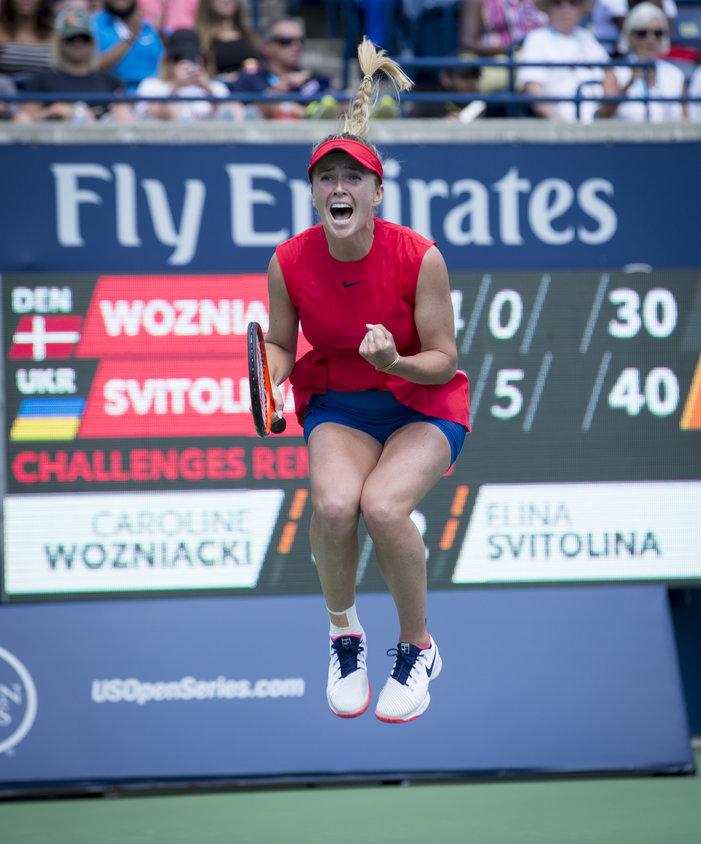




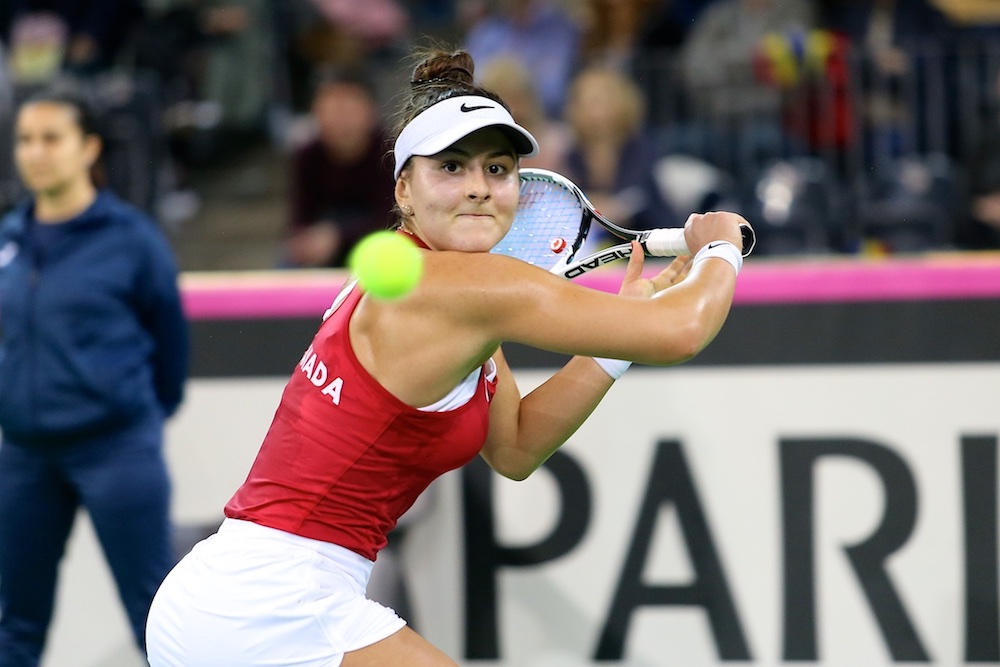


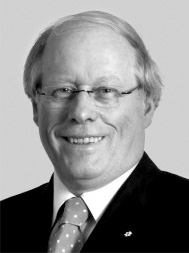





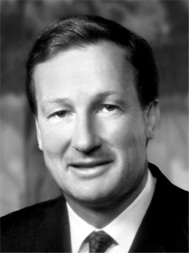







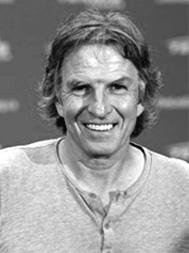


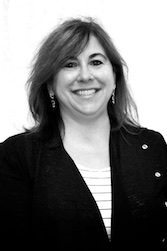
Milos Raonic makes his first semi-final of the year in Brisbane with a win over Nadal in the quarters. Raonic is unable to solve Grigor Dimitrov to reach the final.